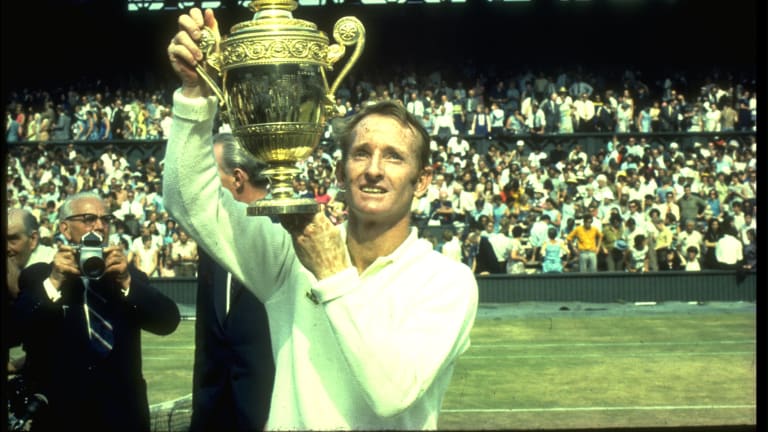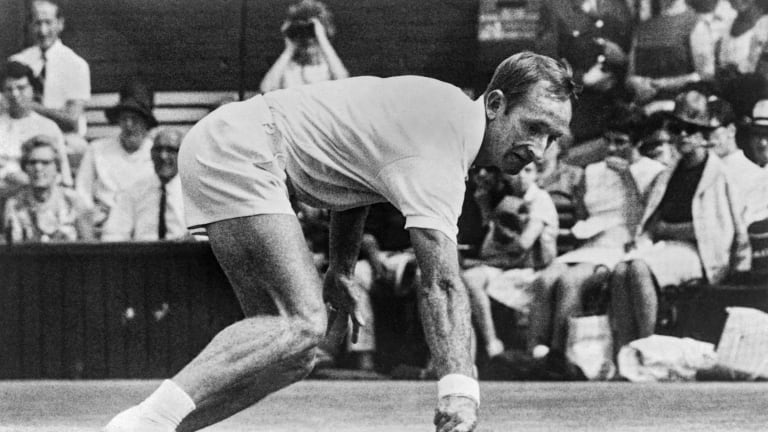#CentreCourtCentennial
1967: With the Wimbledon Pro event, professional tennis finally comes to the amateur game’s most hallowed lawn
By Jun 17, 2022#CentreCourtCentennial
Serena Williams' energetic return to Centre Court after a year away from the game was a brave effort, and one worthy of her legend
By Jun 29, 2022#CentreCourtCentennial
2009: The first full match under Centre Court's roof showcased British tennis' newest Wimbledon title contender, Andy Murray
By Jun 23, 2022#CentreCourtCentennial
2008: Rafael Nadal and Roger Federer produced a quantum leap in quality and entertainment in their classic, daylong final
By Jun 22, 2022#CentreCourtCentennial
2007: After fighting for pay equity at Wimbledon, Venus Williams became the first woman to collect an equal-sized champion’s check
By Jun 21, 2022#CentreCourtCentennial
1980: The five-set final between Bjorn Borg and John McEnroe was the pinnacle of their rivalry—and the Woodstock of their tennis era
By Jun 20, 2022#CentreCourtCentennial
1975: In defeating a seemingly invincible Jimmy Connors, Arthur Ashe showed that with enough thought and courage, anyone in tennis can be beaten
By Jun 19, 2022#CentreCourtCentennial
1968: At the first open Wimbledon, Billie Jean King receives her first winner’s check—and notices a “big difference” with her male counterparts
By Jun 18, 2022#CentreCourtCentennial
1957: “At last! At last!” Althea Gibson fulfilled her destiny at Wimbledon, and with every win she opened up the sport a little wider
By Jun 16, 2022#CentreCourtCentennial
1937: With a World War looming and one man playing for his life, Don Budge and Baron Gottfried von Cramm stage a Davis Cup decider for the ages
By Jun 15, 20221967: With the Wimbledon Pro event, professional tennis finally comes to the amateur game’s most hallowed lawn
A final between Rod Laver and Ken Rosewall leaves the sellout crowd ready for more, after an eight-man pros-only exhibition event invades the last bastion of amateurism: Centre Court.
Published Jun 17, 2022
Advertising
Advertising

“We couldn’t wait to get back,” Laver said. Five years earlier, when the Rocket announced that he was turning pro, the All England Club had stripped the two-time champion of his honorary membership.
© Getty Images, 1969
Advertising

The tournament ended, appropriately, with the world’s two best players, Laver and Rosewall, facing off in the final. Laver won in relatively one-sided fashion, 6-2, 6-2, 12-10 but the match still far outshone John Newcombe’s easy win in the Wimbledon men’s final earlier that summer.
© AFP via Getty Images, 1968